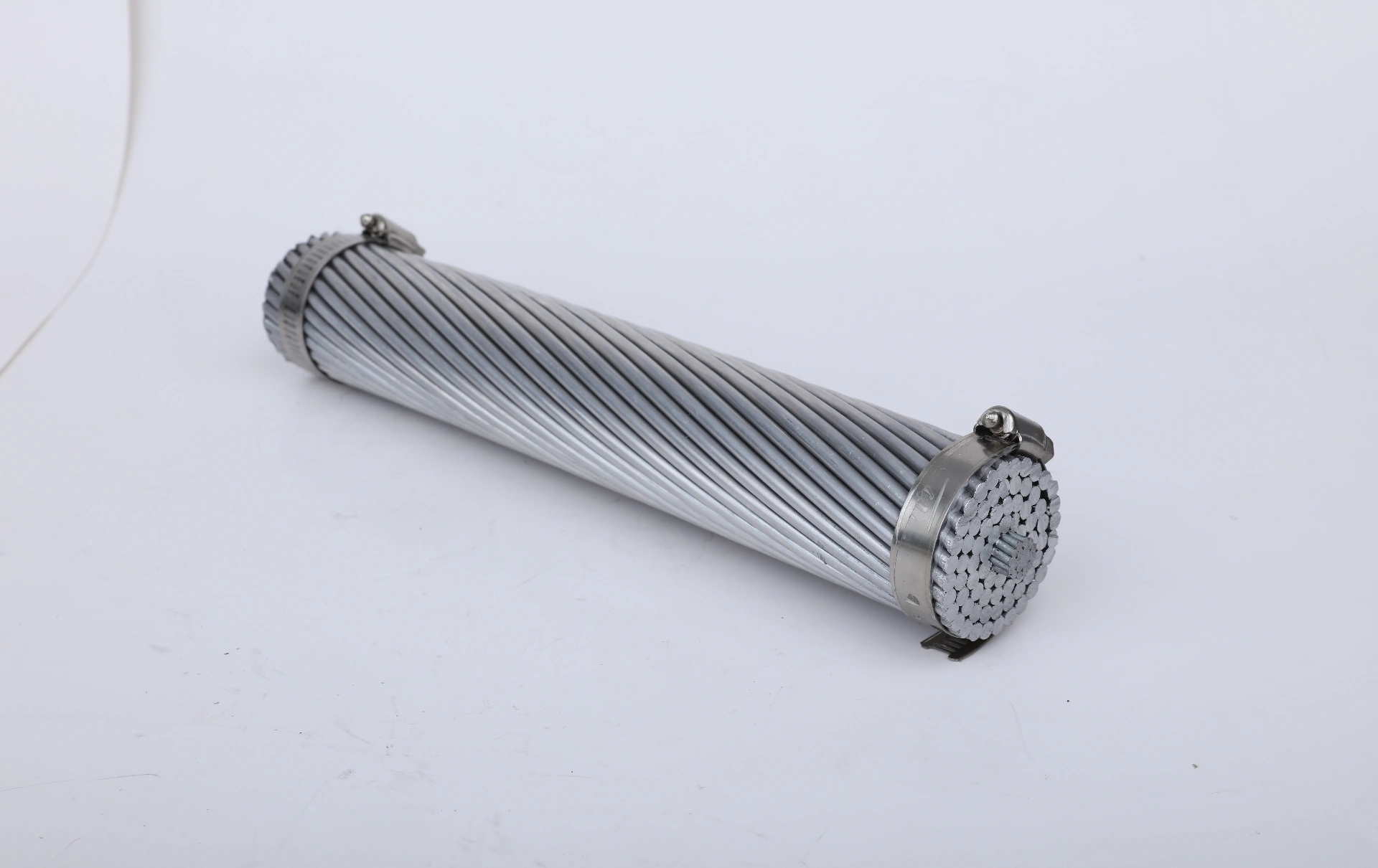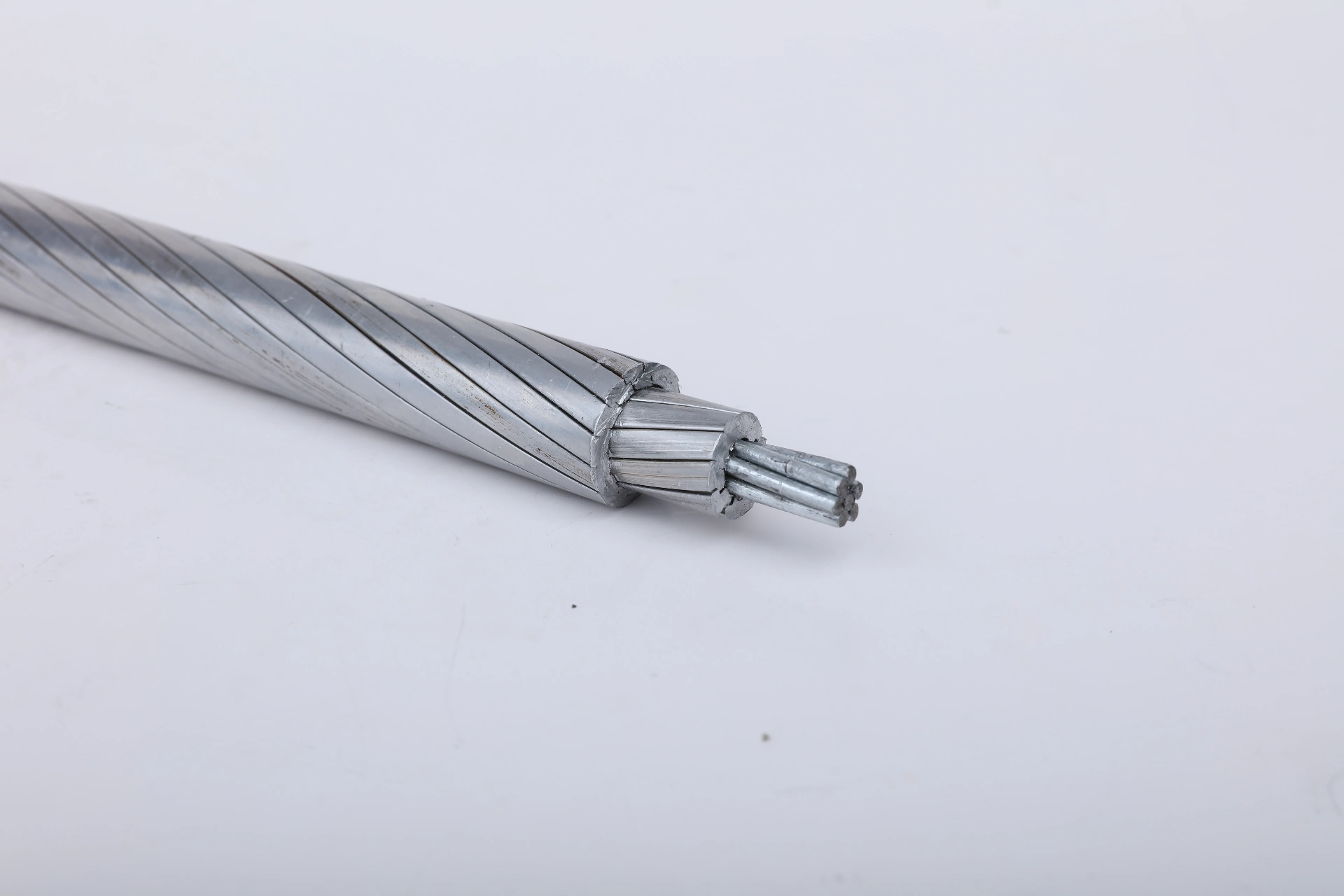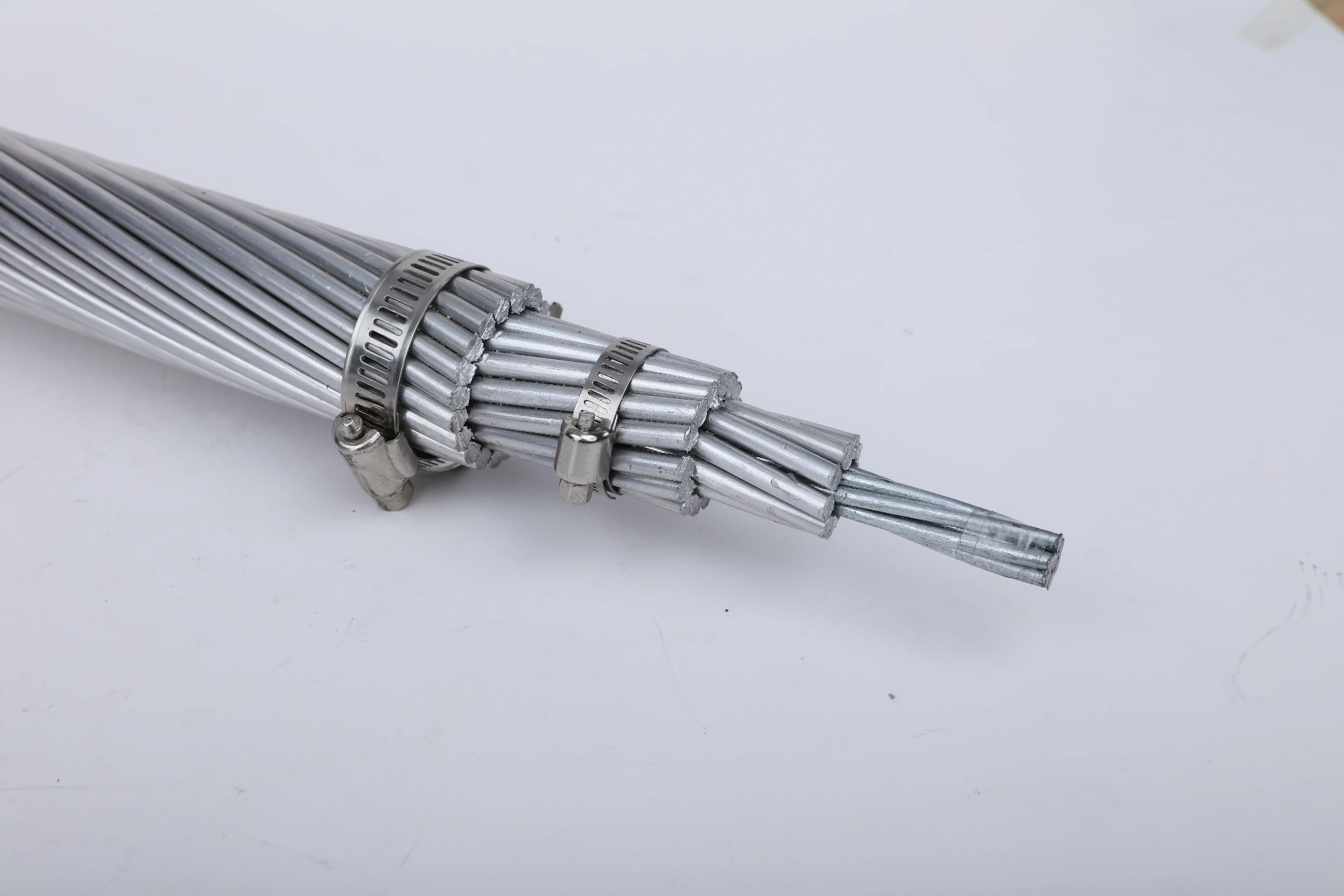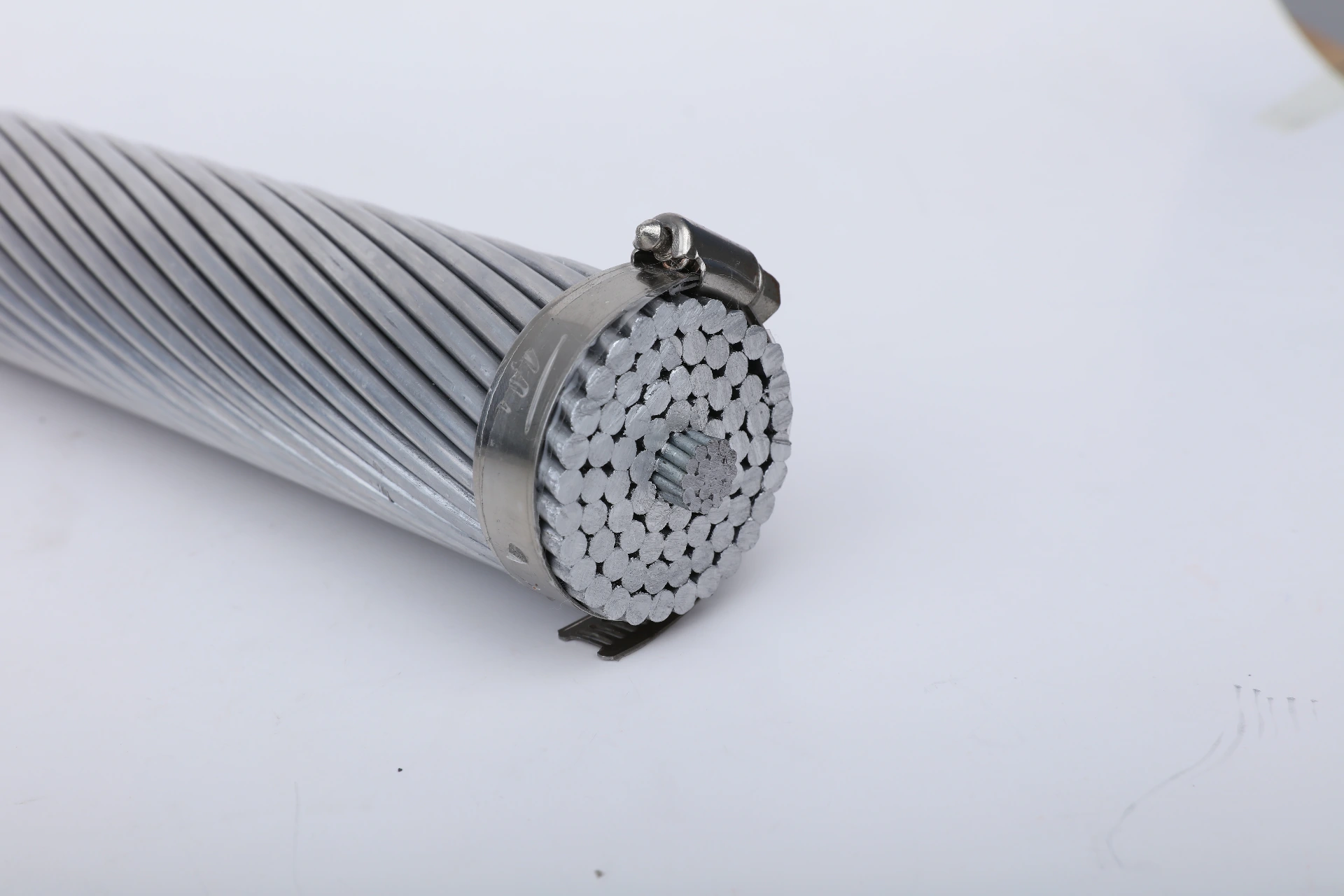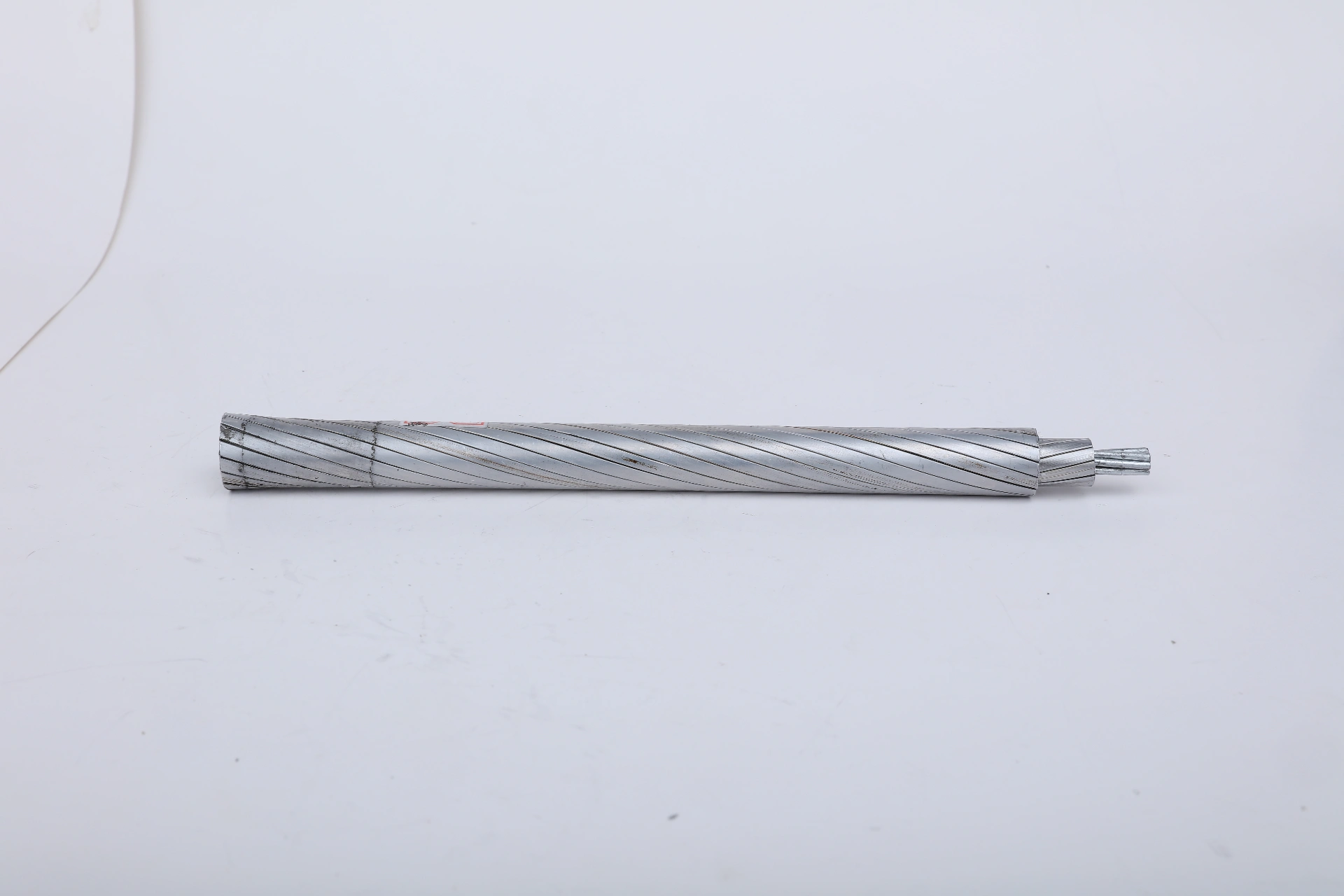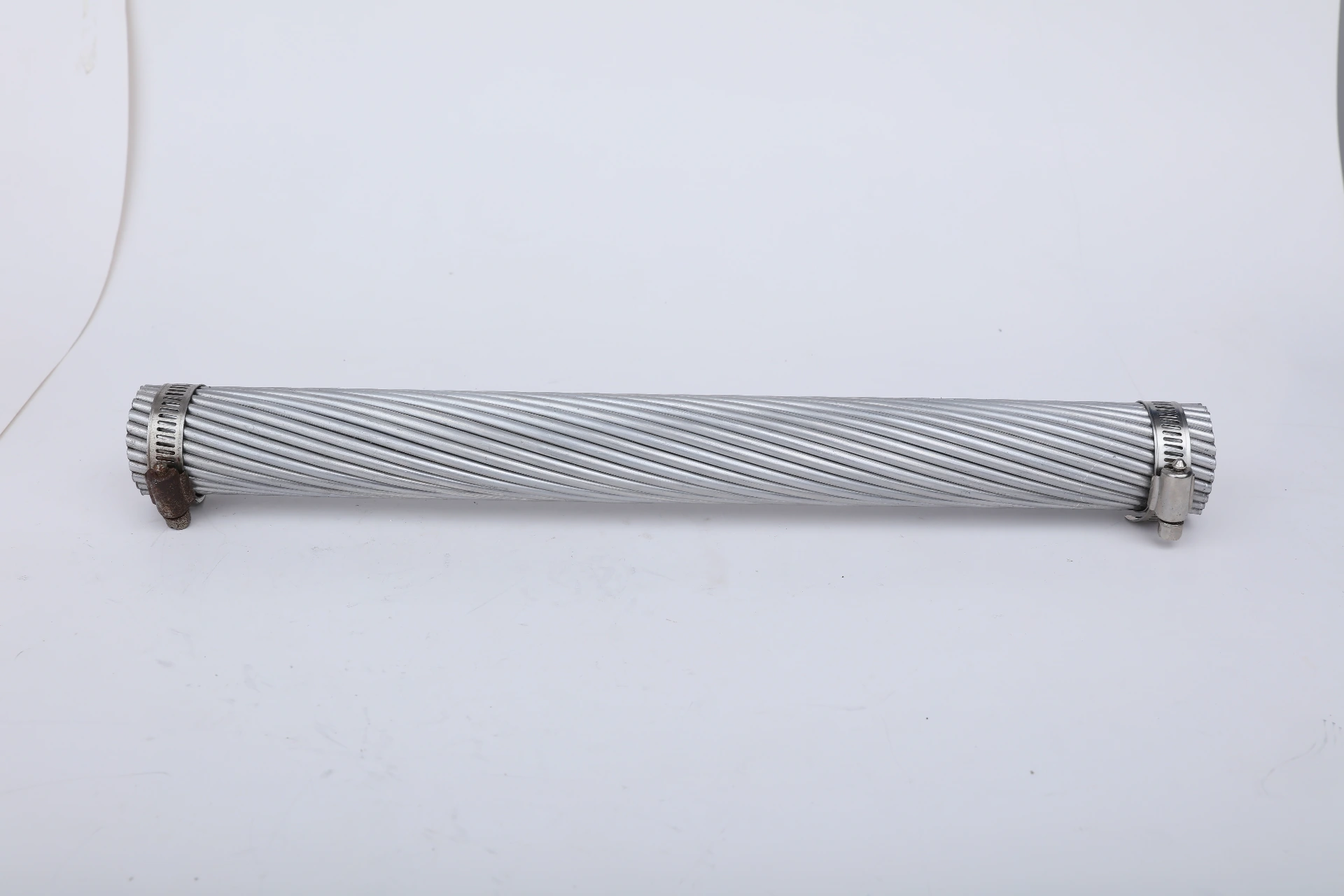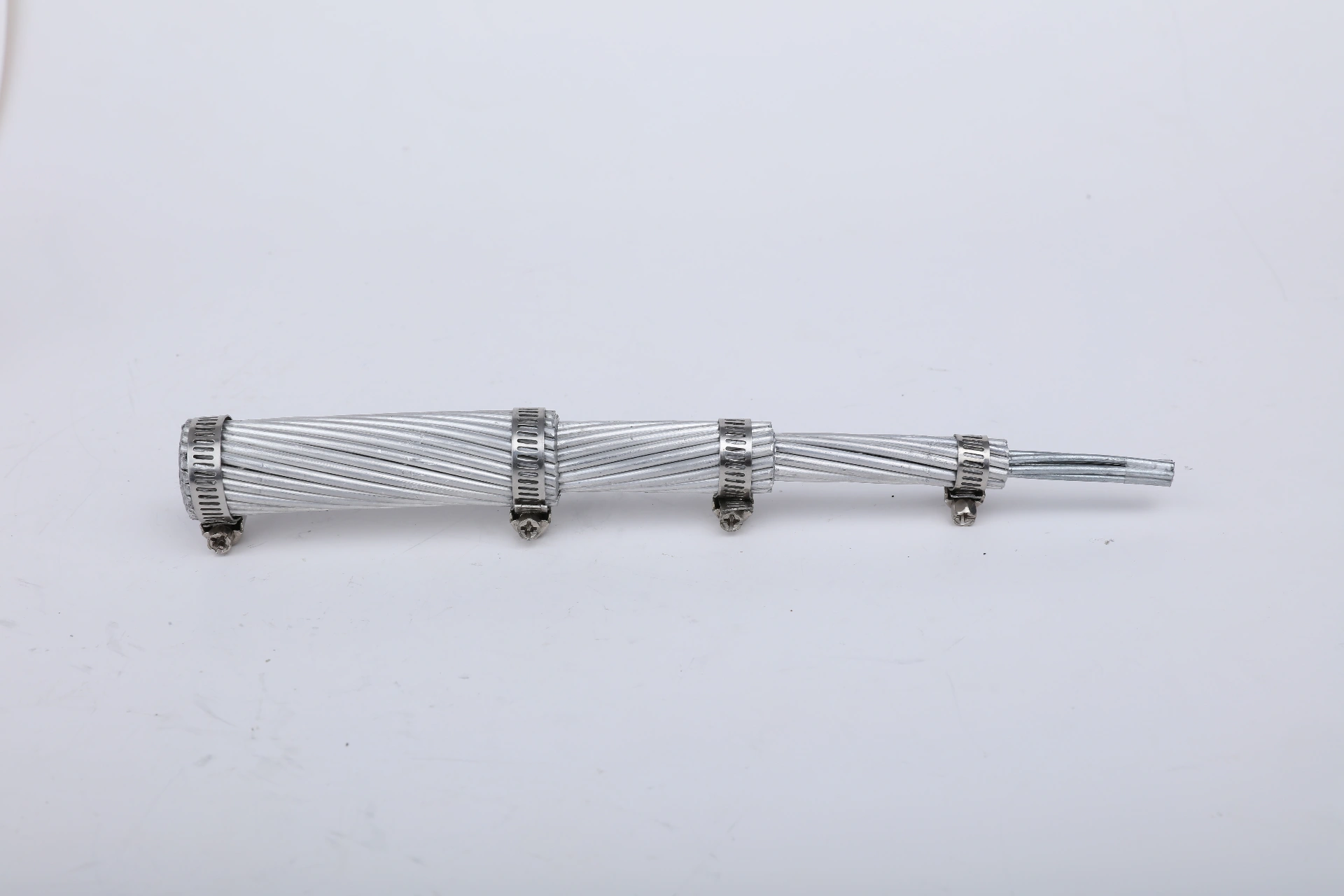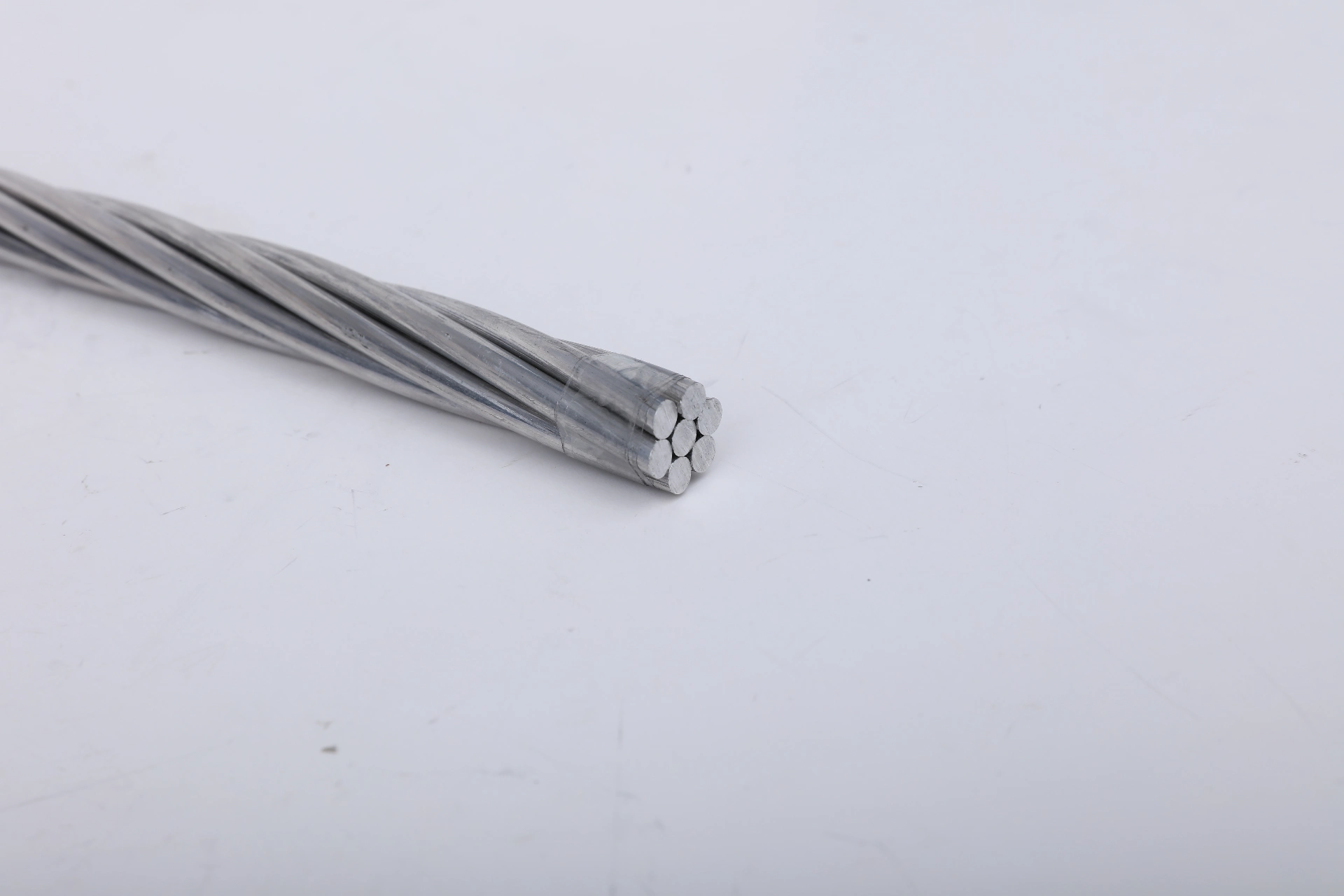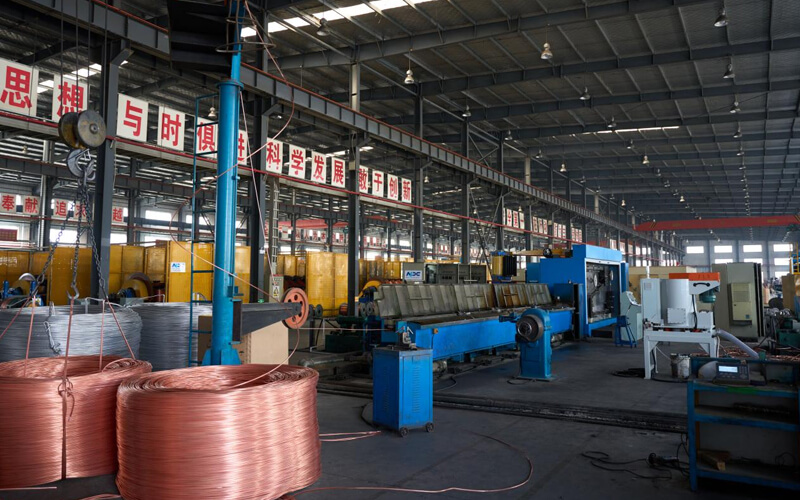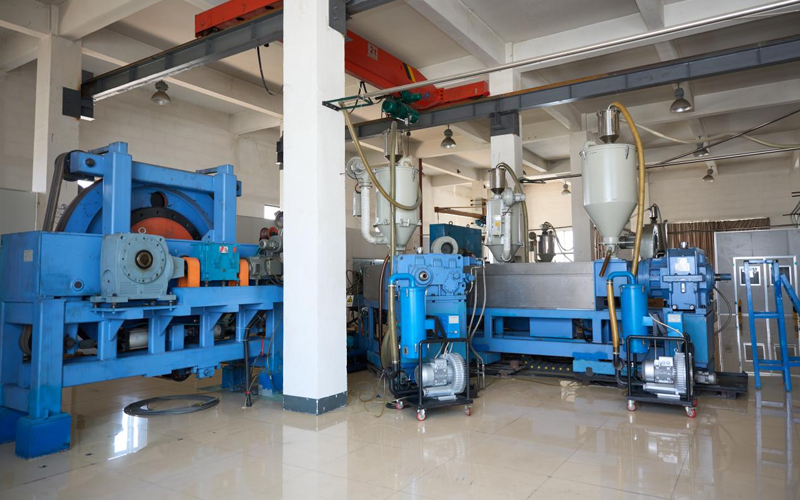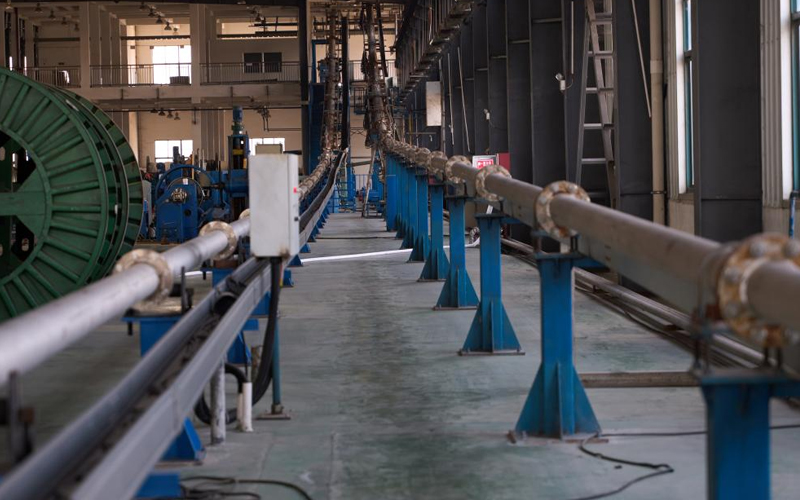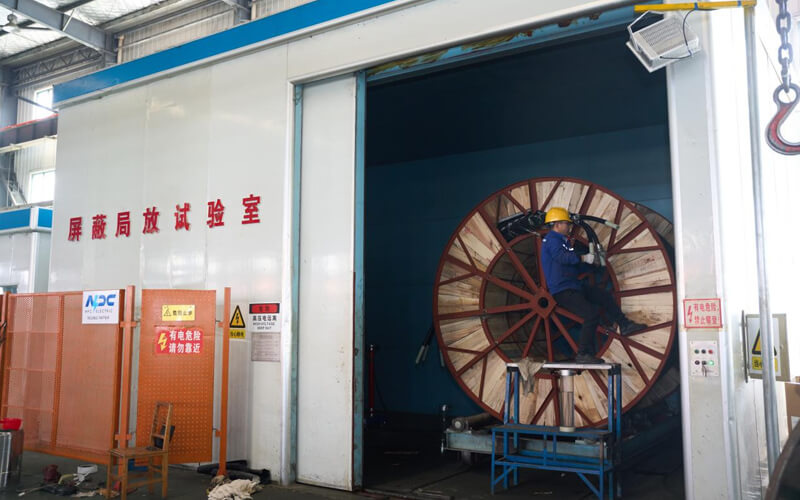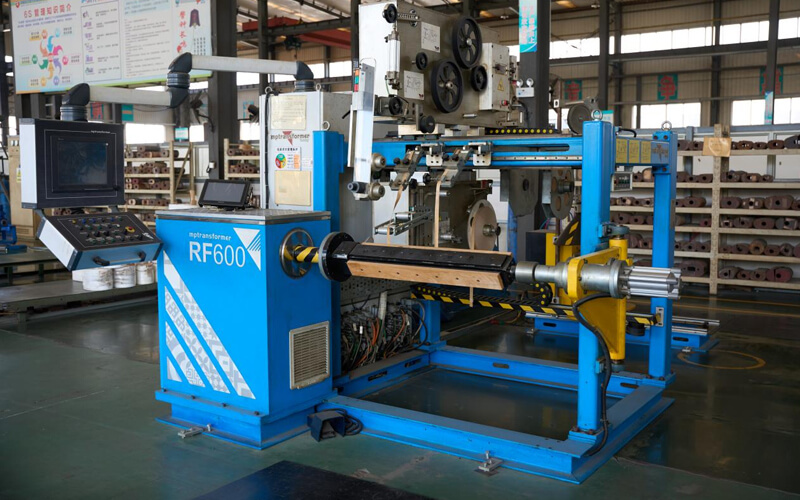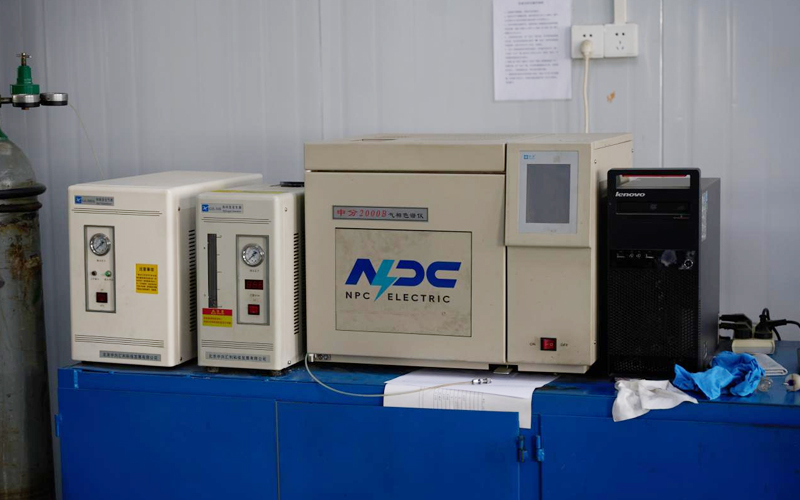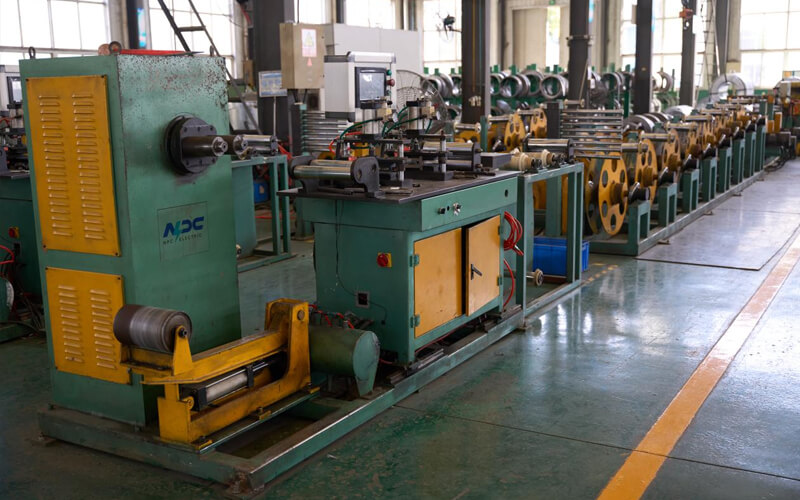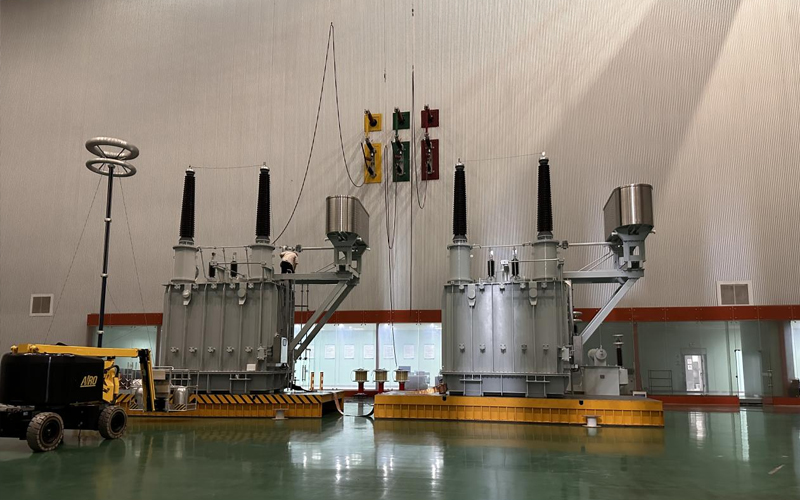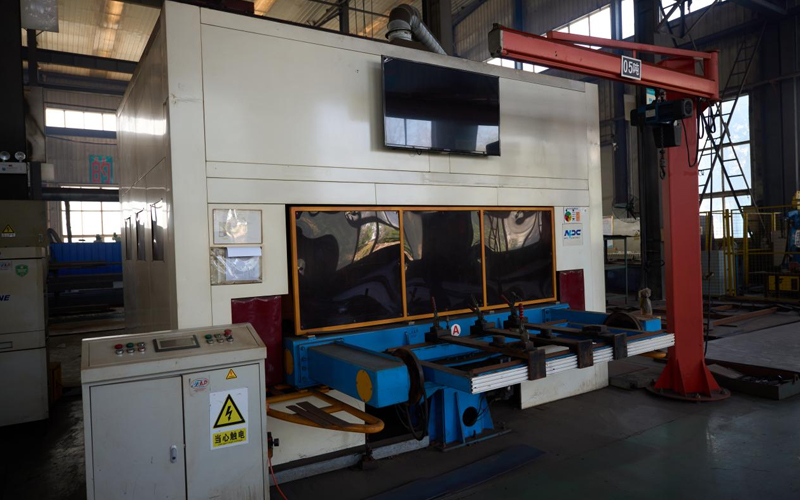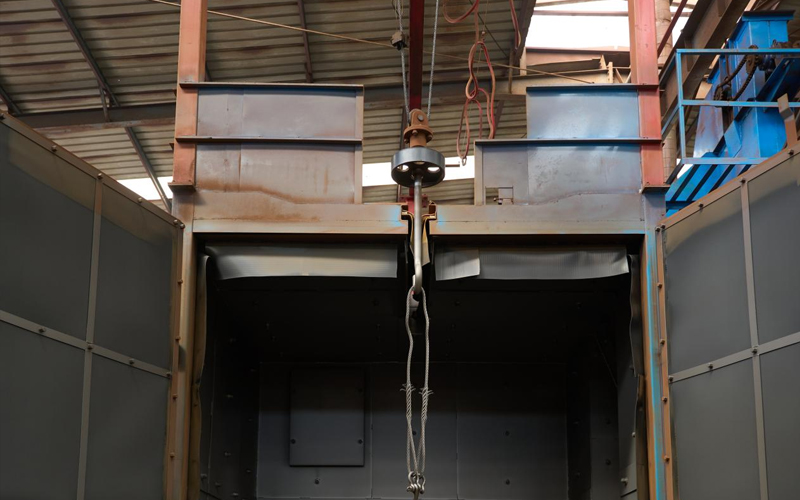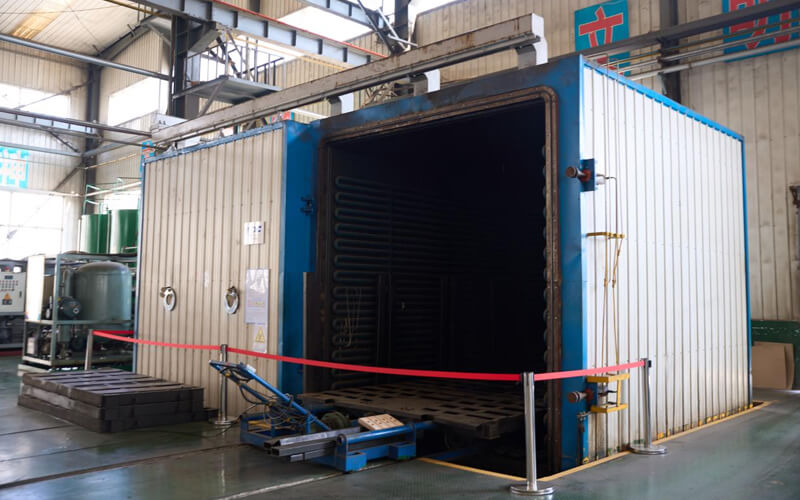Wires and Cables
AAAC
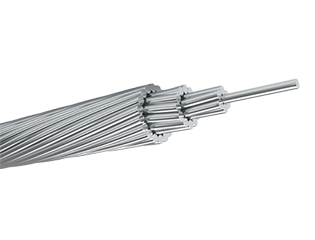

AAAC Dog Conductor Cable
AAAC DOG conductor is an All Aluminum Alloy Conductor manufactured according to ASTM B399 or IEC 61089 standards, offering high strength, good conductivity, and excellent corrosion resistance. It is widely used in overhead transmission and distribution lines, especially in coastal or industrial areas where durability and lightweight construction are critical.
AAAC Moose Conductor Cable
AAAC MOOSE conductor is manufactured in compliance with ASTM B399 or IEC 61089 standards, using high-strength aluminum alloy 6201-T81 for enhanced conductivity and corrosion resistance. It is primarily used in high-voltage overhead transmission lines, especially in areas requiring long spans, minimal sag, and reliable performance under harsh environmental conditions.
AAAC Panther Conductor Cable
AAAC PANTHER Conductor is a premium-grade All Aluminum Alloy Conductor engineered for reliable performance in overhead distribution and sub-transmission lines. Compliant with ASTM B399, IEC 61089, and BS EN 50182 standards, this conductor is manufactured using high-strength 6201-T81 aluminum alloy, offering excellent conductivity, enhanced tensile strength, and superior corrosion resistance. Optimized for medium to long spans, AAAC PANTHER is ideal for use in urban, semi-urban, and industrial zones, where environmental conditions demand durable, lightweight, and thermally efficient solutions with low line losses and minimal maintenance requirements.
AAAC Rabbit Conductor Cable
AAAC RABBIT conductor is a compact, high-performance All Aluminum Alloy Conductor manufactured using 6201-T81 aluminum alloy, in compliance with ASTM B399, IEC 61089, and BS EN 50182 standards. Known for its balanced mechanical strength, excellent conductivity, and superior corrosion resistance, this conductor is ideal for short to medium-span overhead distribution lines, especially in rural, township, and semi-urban areas. Its lightweight structure and smooth bare finish make it easy to handle and install, while ensuring stable performance under diverse environmental conditions. AAAC RABBIT is a cost-effective solution for utilities seeking long-term reliability with low maintenance requirements.
ALLIANCE AAAC Conductor Cable
ALLIANCE AAAC (All Aluminum Alloy Conductor) cables are manufactured in strict compliance with international standards such as ASTM B399, IEC 61089, and BS EN 50182, making them a high-performance and reliable overhead power transmission and distribution solution. In terms of performance, this cable demonstrates excellent comprehensive advantages. It uses 6201-T81 aluminum alloy conductors (Class AA or A), which have high tensile strength and can easily meet the mechanical requirements of long-span overhead scenarios. At the same time, it has excellent conductivity to ensure efficient and stable power transmission. What's more, its outstanding corrosion resistance and smooth, corrosion-resistant surface treatment enable it to operate stably for a long time in harsh conditions such as coastal areas with high humidity and high salt spray, as well as industrial polluted areas, greatly reducing maintenance costs.
AMES AAAC Conductor Cable
AMES AAAC (All Aluminum Alloy Twisted) cables comply with ASTM B399 standards and have excellent conductivity and corrosion resistance. Suitable for overhead transmission and distribution lines, especially suitable for medium and high voltage transmission systems in coastal or high-corrosion environments.
AMHERST AAAC Conductor Cable
AMHERST AAAC (All Aluminum Alloy Conductor) cables comply with ASTM B399 standards and offer high strength, good conductivity, and excellent corrosion resistance. They are ideal for overhead power transmission and distribution in coastal, urban, and industrial environments where reduced weight and extended service life are required.
AZUSA AAAC Conductor Cable
AZUSA AAAC (All Aluminum Alloy Conductor) cables comply with ASTM B399 standards and are characterized by high strength, excellent conductivity, and superior corrosion resistance. They are suitable for overhead transmission and distribution systems, particularly in coastal, industrial, or high-corrosion environments where lightweight and durability are essential.In-Depth Analysis
Comparative Analysis of Efficiency and Loss
Compared to the industry average, aaac cables exhibit lower losses and higher efficiency across the entire load range.
Load Efficiency Comparison(%)
No-load Loss Comparison(W)
High Conductivity Design
High-purity oxygen-free copper or high-quality aluminum conductors are used with smooth surface and low resistance to ensure efficient power transmission and reduce energy loss.
Insulation Protection System
Use flame-retardant, wear-resistant and corrosion-resistant polymer insulation materials to meet the safe operation requirements in different environments.
Weather-Resistant & Durable Technology
The outer sheath is made of UV-resistant, heat-resistant, and oil-resistant materials, making it suitable for high and low temperatures, humidity, and long-term outdoor use.
Safe Flame Retardant System
The multi-layered flame-retardant structure effectively slows the spread of flames and releases low-smoke, halogen-free gases during combustion, reducing secondary hazards.
Easy Installation & Maintenance
The flexible core and flex-resistant outer sheath provide a small bend radius and high installation efficiency. Color coding and length markings reduce installation and maintenance costs.
Intelligent Monitoring
An optional remote monitoring system is available to monitor operating status, temperature, load and other parameters in real time, and supports fault warning and remote diagnosis.
Environmental Adaptability Analysis
AAAC cables have been rigorously tested and can operate stably under various harsh environmental conditions.

Temperature Range
-40℃ ~ +55℃
Can work normally in extreme high and low temperature environments

Humidity Adaptation
0 ~ 100% RH
Including condensation environment, no frost requirement

Weather Resistance Grade
UV/IEC 60811-501
The outer sheath has excellent UV resistance and aging resistance

Chemical Corrosion Resistance
Oil / Acid / Alkali
Resistant to oil, acid, alkali and some chemical corrosion environments
Why Choose Us
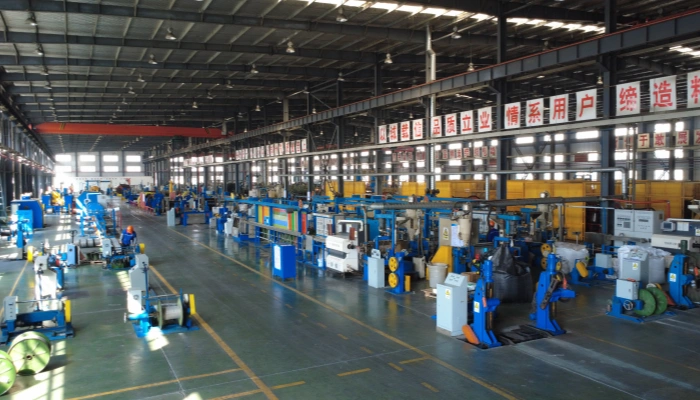
Corrosion Resistance for Demanding Environments
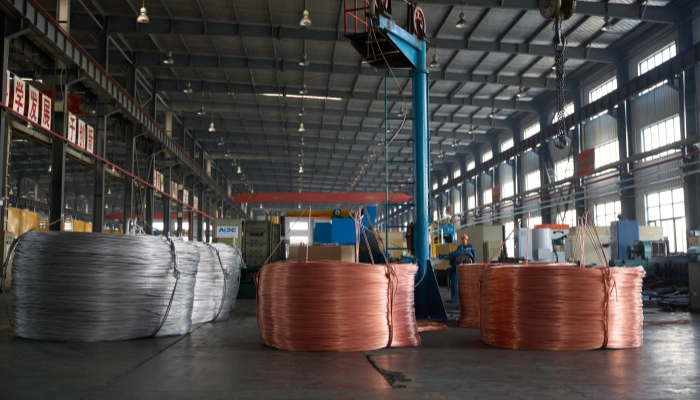
Enhanced Strength-to-Weight Ratio & Reduced Sag
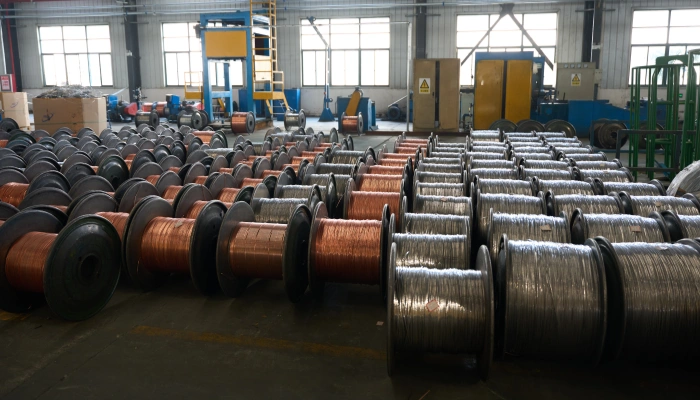
Excellent Conductivity & Energy Efficiency
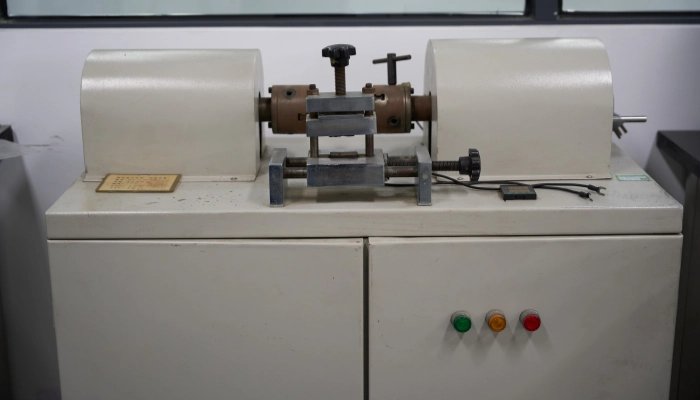
Low Maintenance & Long Operational Lifespan
Product Show
Testing and Certification
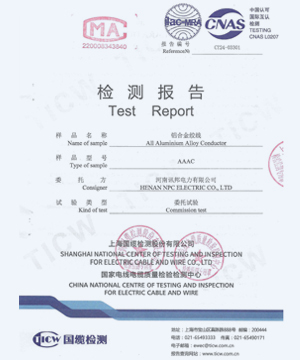
Bare Cable Test Report

SGS Inspection Report
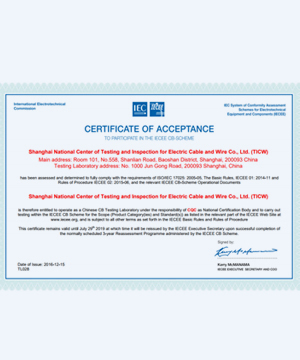
Certificate of Acceptance
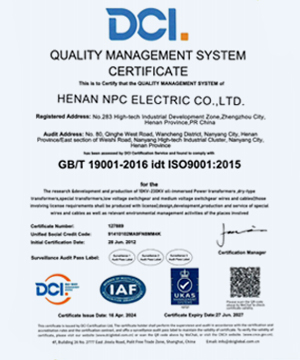
ISO Quality Certificate
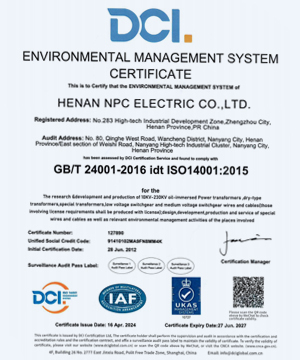
ISO Environmental Certificate

ISO Occupational Certificate

UL Laboratory Certificate
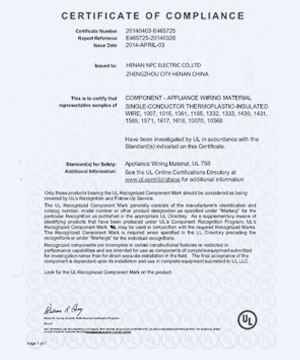
UL Product Certificate
Project Cases
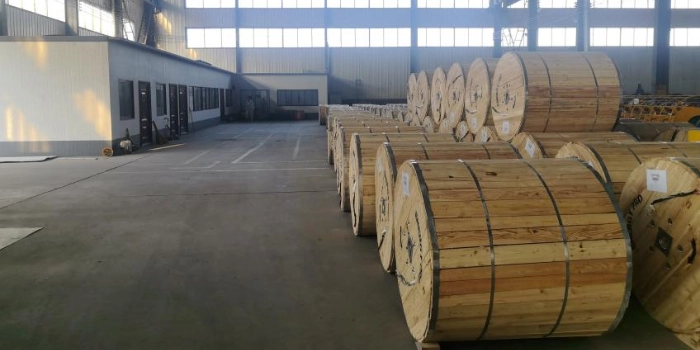
Peru Solar PV Project
CompletedNPC Electric Delivers Medium-Voltage Cables for Peru Solar PV Project
Country:Peru
Model:HEPRZ1(AS) 1x630 mm² 19/33kV x 6km
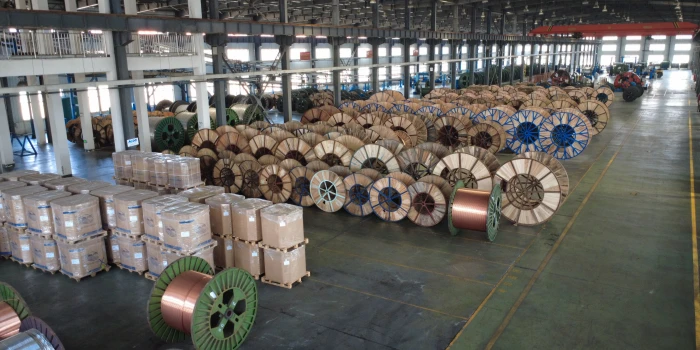
Chile El Project
CompletedReliable 19/33kV MV cables ensuring safe, stable, and efficient power transmission for critical projects.
Country:Chile
Model:19/33kV MV Power Cables x 5km

Dominican Edenorte Project
CompletedProvide outdoor power solutions for urban main road reconstruction projects to adapt to complex environments.
Country:Dominican
Model:NPC AAAC Cable & Triplex Cable x 10km
Technical Advantages
FAQ From Customers
-
What is the meaning of AAAC conductor?
AAAC conductor stands for All Aluminum Alloy Conductor. It is a type of electrical conductor made from aluminum alloy, designed to provide better mechanical strength and corrosion resistance compared to AAC conductors. This allows AAAC conductors to be used in more challenging environments and for longer spans in overhead power lines, especially in areas with high humidity, salinity, or extreme weather conditions. -
What is the difference between AAC, AAAC, and ACSR?
The key differences between AAC, AAAC, and ACSR conductors lie in their construction and material composition.
1. AAC (All Aluminum Conductor) is made entirely of aluminum, ideal for shorter spans.
2. AAAC (All Aluminum Alloy Conductor) uses aluminum alloy, providing better strength and corrosion resistance, making it suitable for longer spans and harsh conditions.
3. ACSR (Aluminum Conductor Steel Reinforced) combines aluminum and steel, offering high tensile strength and is used for long-distance power transmission. ACSR is typically preferred for high-voltage applications, while AAAC and AAC are used for lower voltage systems. -
What is the use of AAAC conductor?
AAAC conductors are primarily used in overhead power lines for medium to long-distance transmission. Due to their high strength and corrosion resistance, AAAC conductors are ideal for use in power distribution networks and in areas with environmental challenges, such as coastal regions, where traditional aluminum conductors might corrode faster. They are also widely used in renewable energy projects, such as solar and wind power farms, where durability and reliability are essential. -
How does AAAC conductor compare to other conductor types?
Compared to AAC (All Aluminum Conductor) and ACSR (Aluminum Conductor Steel Reinforced), AAAC conductor offers superior corrosion resistance and mechanical strength due to the aluminum alloy material. While AAC conductors are lightweight and cost-effective for short-distance power distribution, AAAC conductors excel in areas with higher corrosion risks and are ideal for medium to long-span transmission lines. ACSR, with its steel core, is better suited for high-tension, long-distance high voltage transmission lines. -
What are the advantages of using AAAC conductors for power transmission?
The main advantages of using AAAC conductors in power transmission are their strength, corrosion resistance, and lighter weight compared to traditional aluminum conductors. The aluminum alloy composition makes them ideal for areas with harsh environmental conditions, such as coastal or high-humidity regions, where corrosion is a concern. Additionally, AAAC conductors allow for longer spans between transmission poles, reducing installation costs and improving overall network efficiency.







